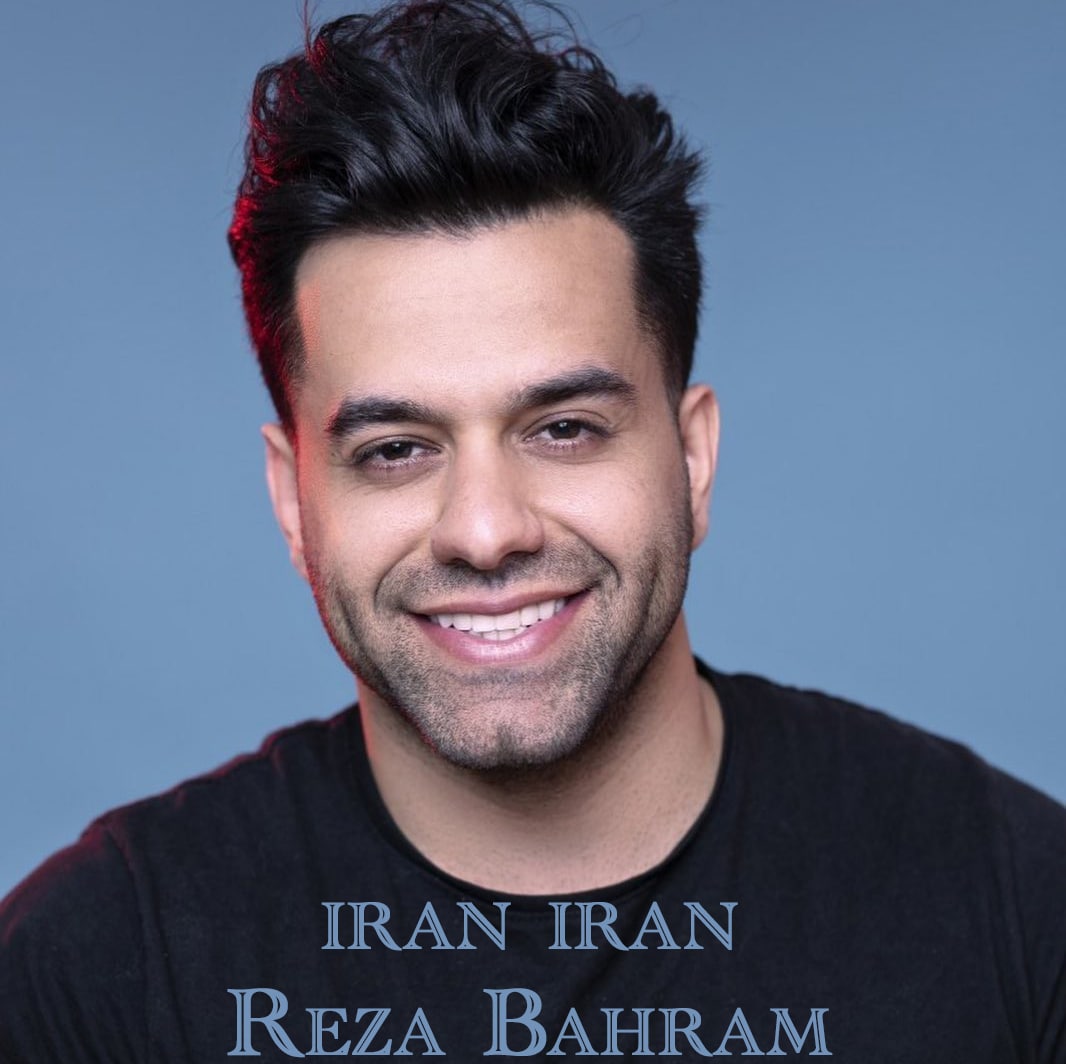Unveiling "به نام ایران": A Journey Through Iran's Enduring Spirit
The phrase "به نام ایران" (Be Nâm-e Irân), translating to "In the Name of Iran," is far more than a mere collection of words; it is a profound declaration, a resonant echo of a civilization that has shaped history for millennia. It embodies the collective spirit, the rich heritage, and the unwavering identity of a nation that has stood the test of time. This powerful invocation serves as a rallying cry, a testament to resilience, and a deep wellspring of national pride, encapsulating the essence of Iranian identity across diverse historical epochs and cultural expressions.
To truly grasp the weight and significance of "به نام ایران," one must embark on a comprehensive journey through the intricate layers of Iranian history, culture, and societal values. It is a phrase that transcends political boundaries and momentary challenges, speaking directly to the soul of a people deeply connected to their ancient land and its illustrious past. From the majestic empires of antiquity to the vibrant tapestry of contemporary life, the invocation of "In the Name of Iran" has consistently served as a foundational pillar for collective endeavors, artistic expressions, and the preservation of a unique cultural legacy.
Table of Contents
- The Deep Roots of Iranian Identity: A Historical Tapestry
- The Enduring Power of Persian Language and Literature
- Cultural Zenith: Iran's Contributions to Art, Architecture, and Philosophy
- Resilience Forged in Fire: Iran's Enduring Spirit Through Adversity
- "به نام ایران" in the Modern Era: Identity and Aspiration
- Iran as a Cradle of Civilization: Beyond Borders
- Navigating the Present: Challenges and Hopes for Iran
- The Timeless Resonance of "In the Name of Iran"
The Deep Roots of Iranian Identity: A Historical Tapestry
The concept of "Iran" is not merely a modern geopolitical construct; it is a historical continuum stretching back thousands of years. The very name "Iran" derives from "Aryanam," meaning "Land of the Aryans," a term used by the ancient Indo-Iranians to refer to themselves. This lineage highlights a deep-seated connection to a shared ancestry and a distinct cultural genesis. The Achaemenid Empire, founded by Cyrus the Great in the 6th century BCE, marked the zenith of ancient Persian power, establishing one of the largest empires the world had ever seen. This empire, characterized by its innovative administrative systems, respect for diverse cultures, and monumental architecture, laid the foundational stones for what would become the enduring Iranian identity.
The legacy of Cyrus, particularly his Cylinder, often cited as an early charter of human rights, reflects a philosophical depth that underpinned early Iranian statecraft. Zoroastrianism, an ancient monotheistic religion originating in Persia, further solidified a unique ethical and moral framework, emphasizing good thoughts, good words, and good deeds. Even after the Arab conquest in the 7th century CE and the subsequent Islamization of Persia, the distinct Iranian identity, language, and cultural traditions persisted, often thriving and evolving within the new Islamic framework. This remarkable continuity, despite numerous invasions and dynastic changes, underscores the profound resilience embedded in the spirit of "به نام ایران."
Successive dynasties, from the Safavids who established Twelver Shi'ism as the state religion, to the Qajars and Pahlavis, each contributed to the evolving narrative of Iran. Yet, through all these transformations, the underlying thread of a unique civilization, proud of its ancient roots and distinct cultural output, remained unbroken.

شیپ فایل استان های ایران – آکادمی علوم مکانی ایران
+copy.jpg)
به نام ایران

دانلود آهنگ رضا بهرام به نام ایران ایران | همراه با متن و کیفیت عالی